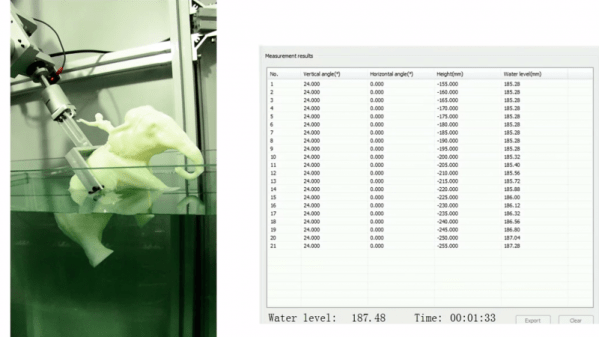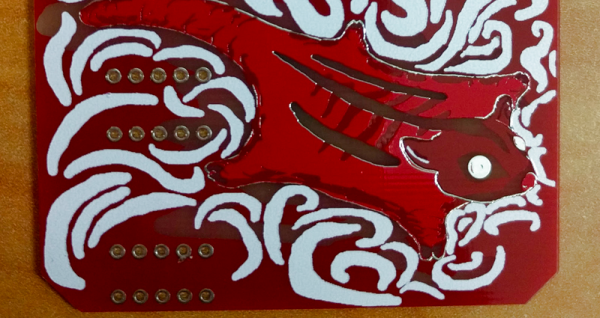Style counts, and sometimes all it takes to jazz up the product of a 3D-printer is a 2D printer and a how-to guide on hydrographic printing.
Hydrographic printing, sometimes called hydrodipping, is a process for transferring graphics onto complex-shaped objects in one simple step. A design is printed on a special film which is then floated on the surface of a tank of water. The object to be decorated is carefully dipped into the water right through the film and the design wraps around all the nooks and crannies in one step.
The video tutorial below details the steps to hydrographic printing and outlines how easy the method has become with the availability of water transfer films for inkjet printers. The film is polyvinyl acetate, which is essentially white glue and hence quite soluble in water. The film dissolves and leaves the ink floating on the surface, ready for dipping.
The video lists quite a few tips for optimizing the process for 3D-printed parts and should let you decorate your parts quickly and easily. And once you master the basics, you might want to look at mathematically warping your design to hydrodip complex surfaces.




















